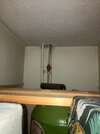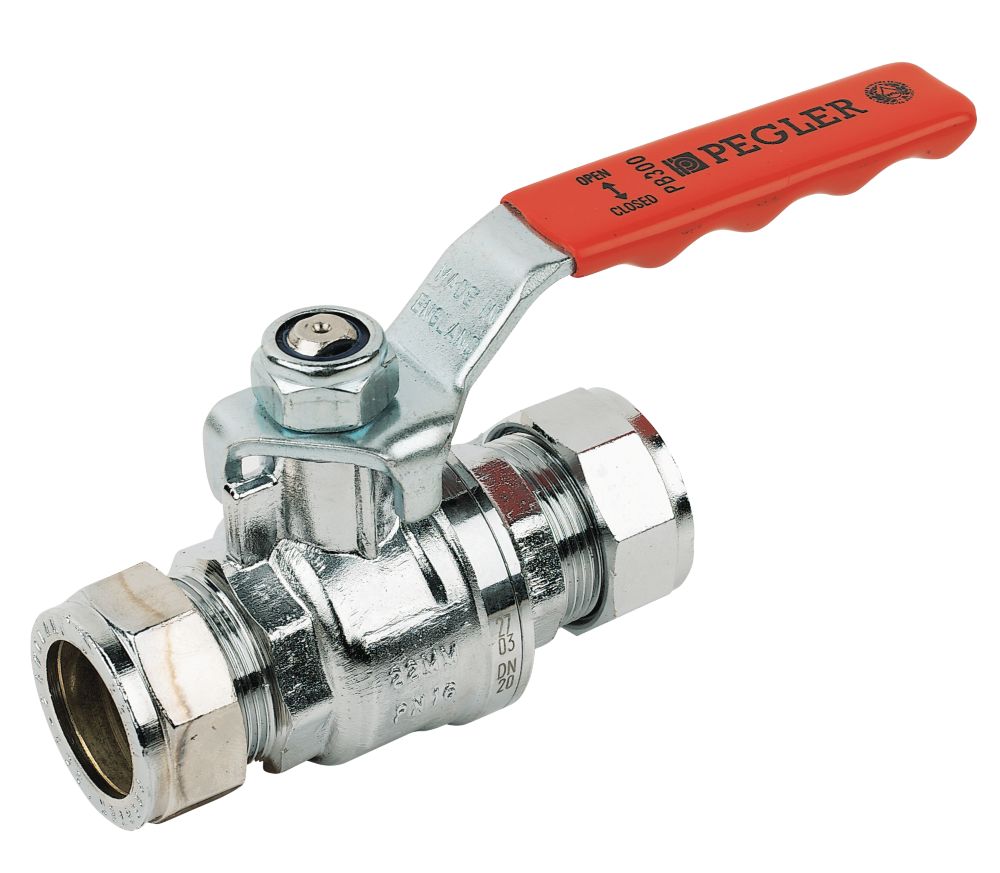- Joined
- 25 Feb 2023
- Messages
- 3
- Reaction score
- 0
- Country

Hi All,
I've decided to change my bath and bath taps but after pulling off the bath panel I've discovered only a shut off valve for the cold feed, not one for the hot!
Could anybody advise the easiest way to stop the flow of hot water please? I'm going to put flexible connectors onto the taps, one with a valve for the hot for any future works.
I still have an older system with a storage tank in the loft and hot water cylinder in the airing cupboard.
Appreciate any helpful feedback,
Justin
I've decided to change my bath and bath taps but after pulling off the bath panel I've discovered only a shut off valve for the cold feed, not one for the hot!
Could anybody advise the easiest way to stop the flow of hot water please? I'm going to put flexible connectors onto the taps, one with a valve for the hot for any future works.
I still have an older system with a storage tank in the loft and hot water cylinder in the airing cupboard.
Appreciate any helpful feedback,
Justin


